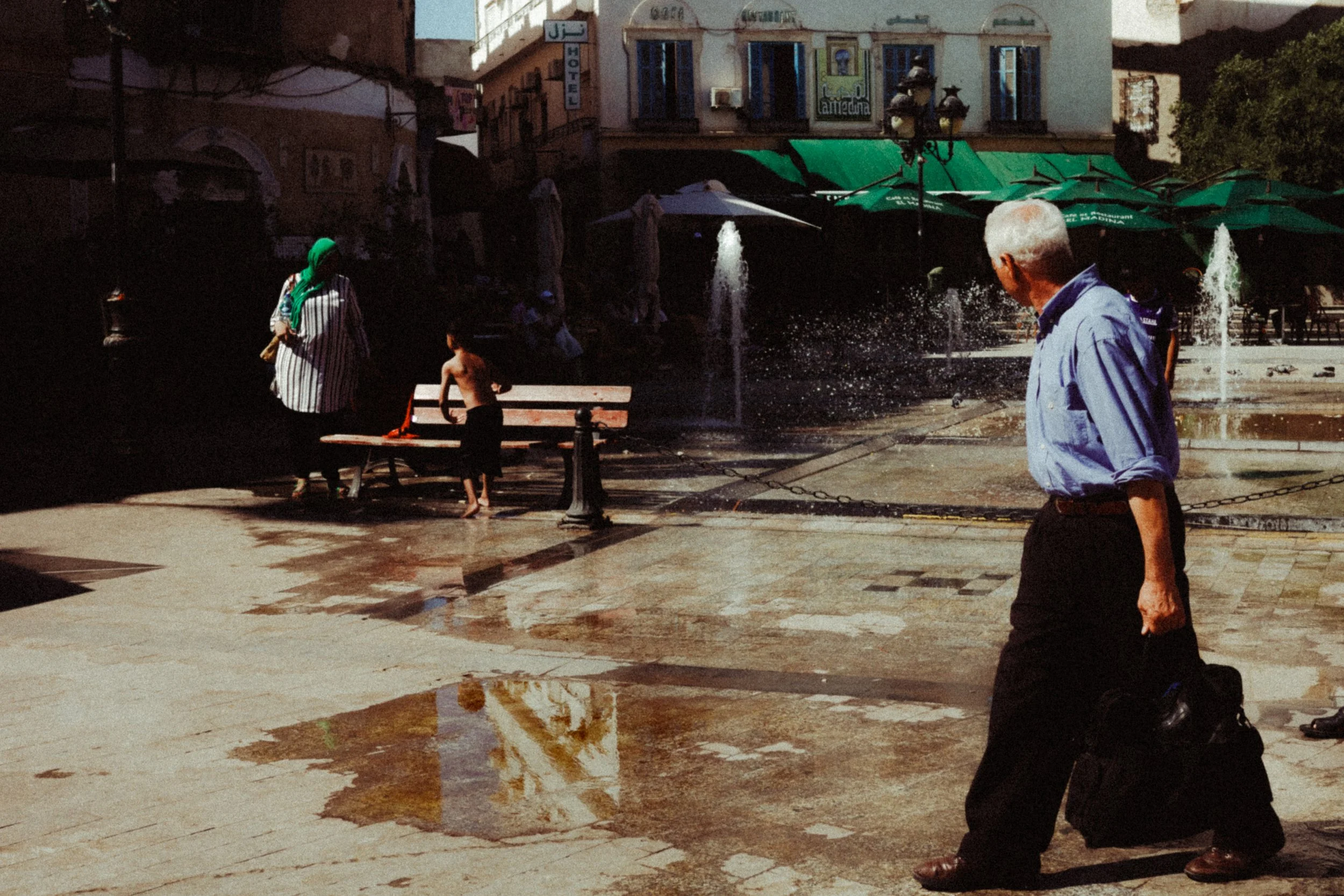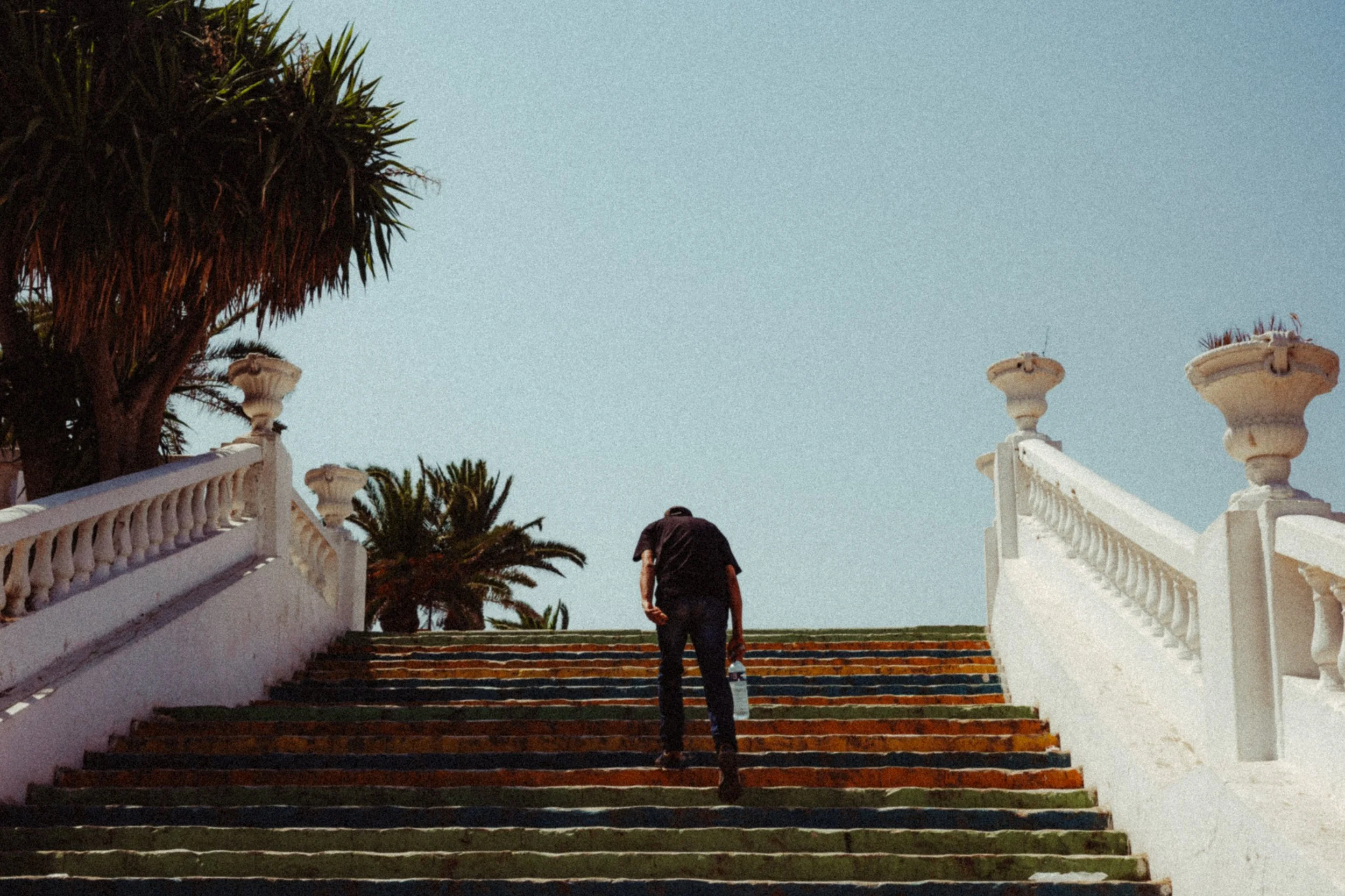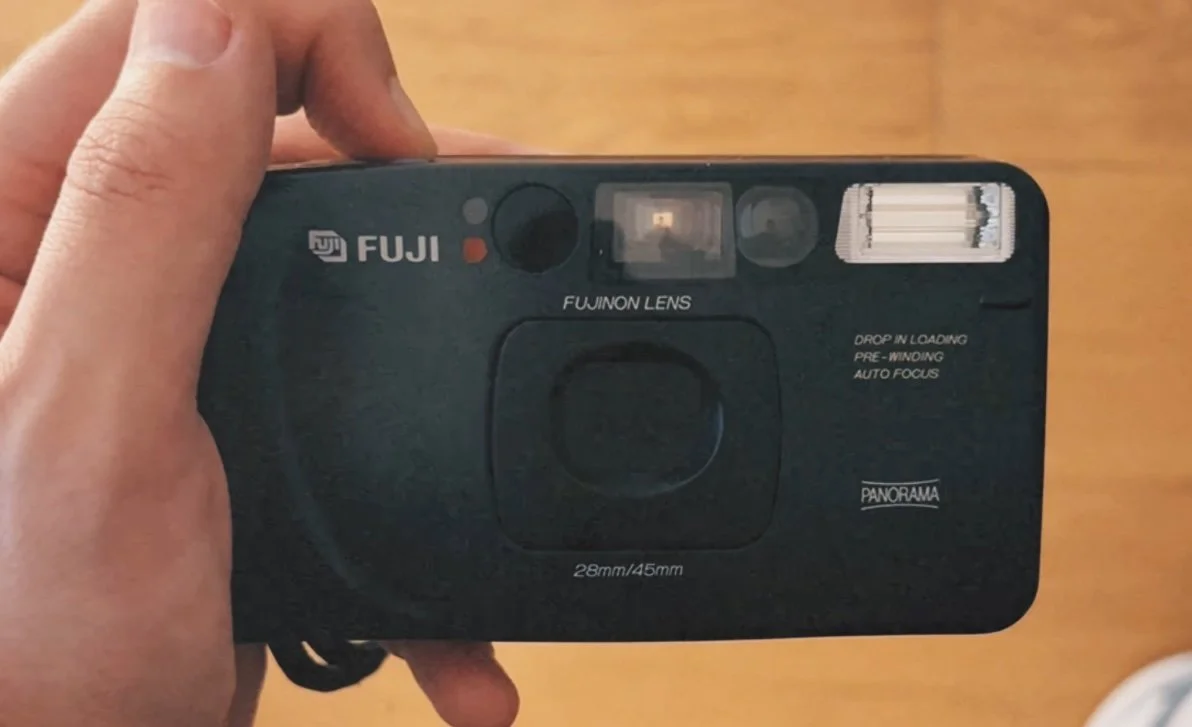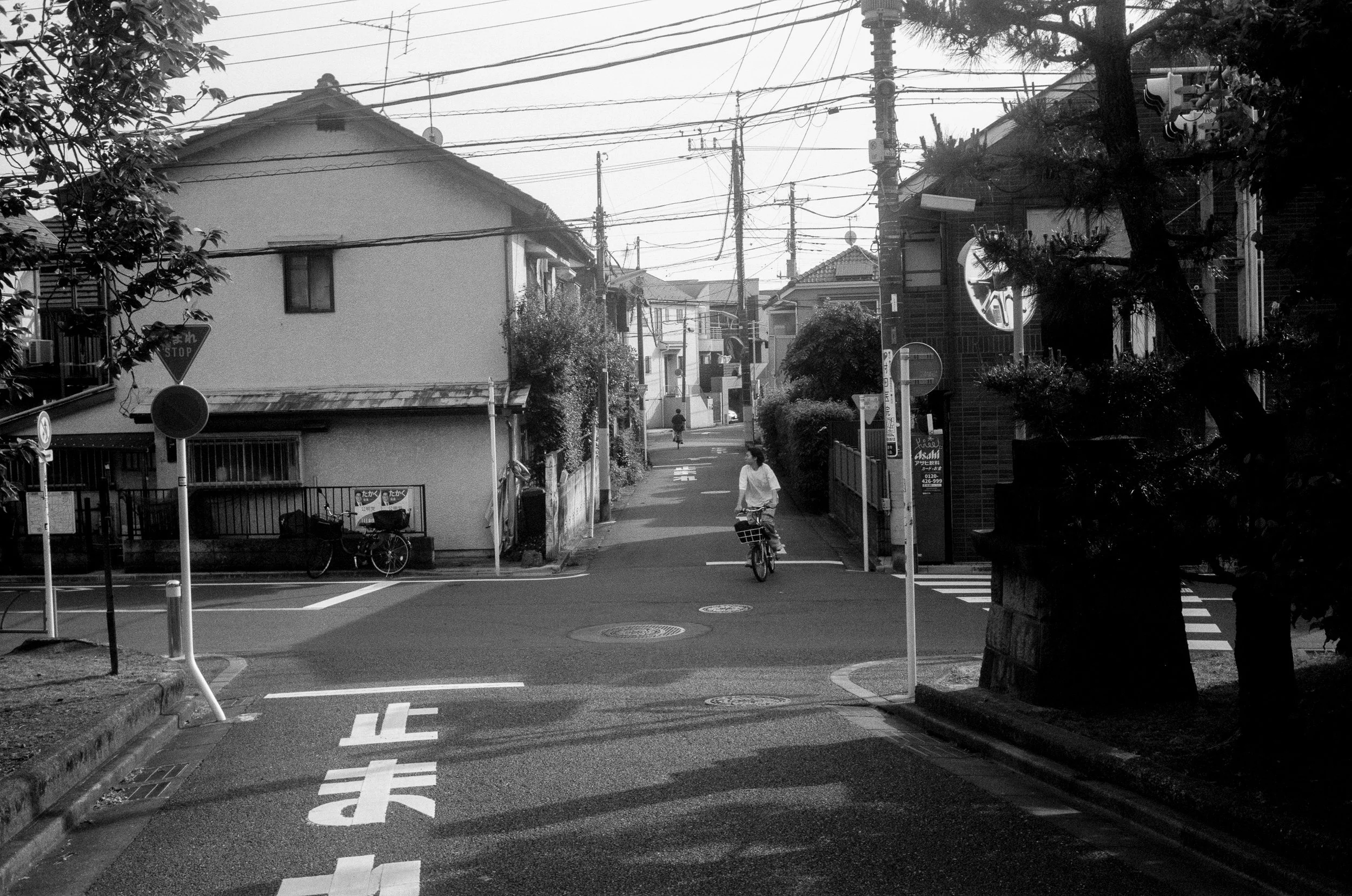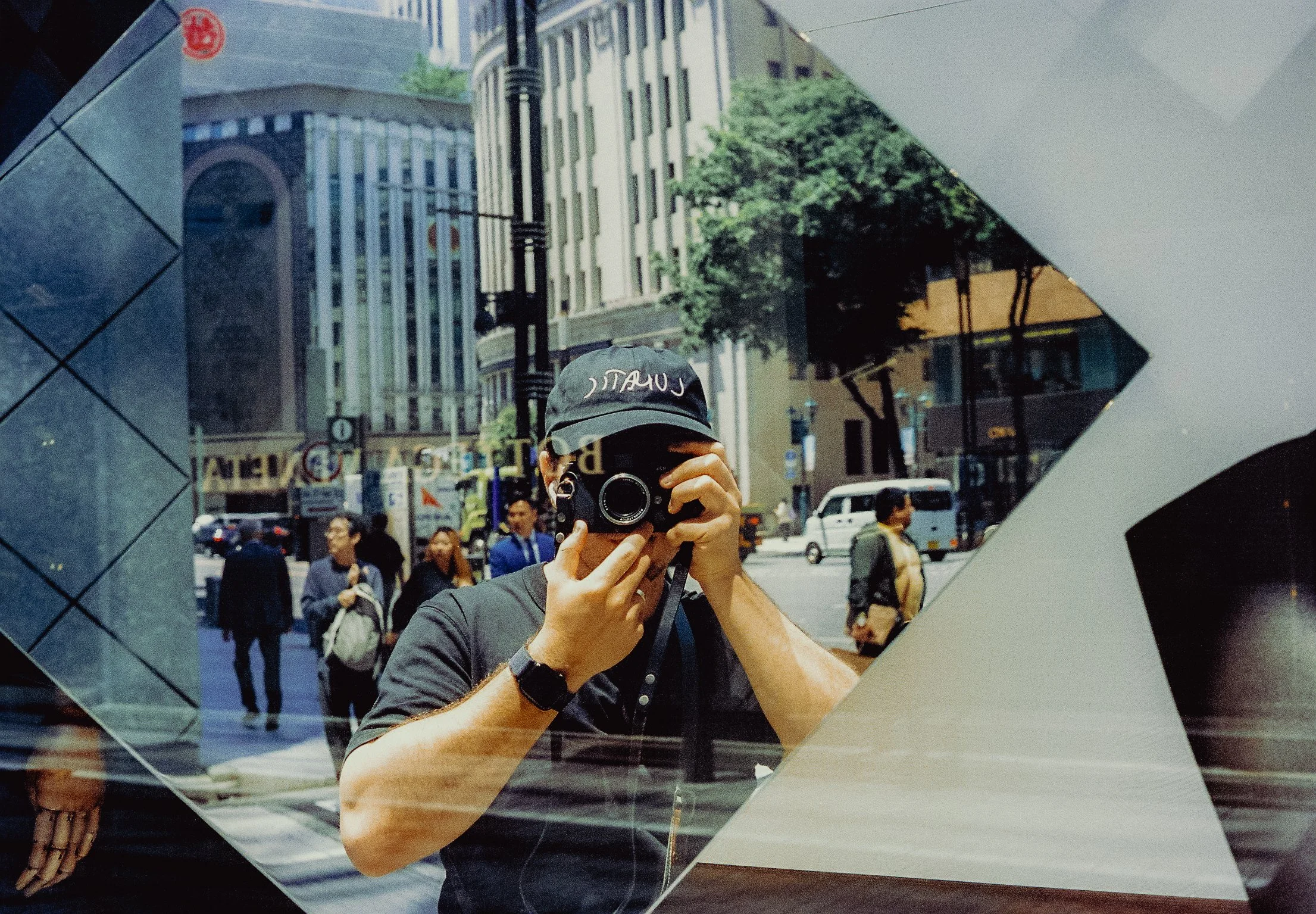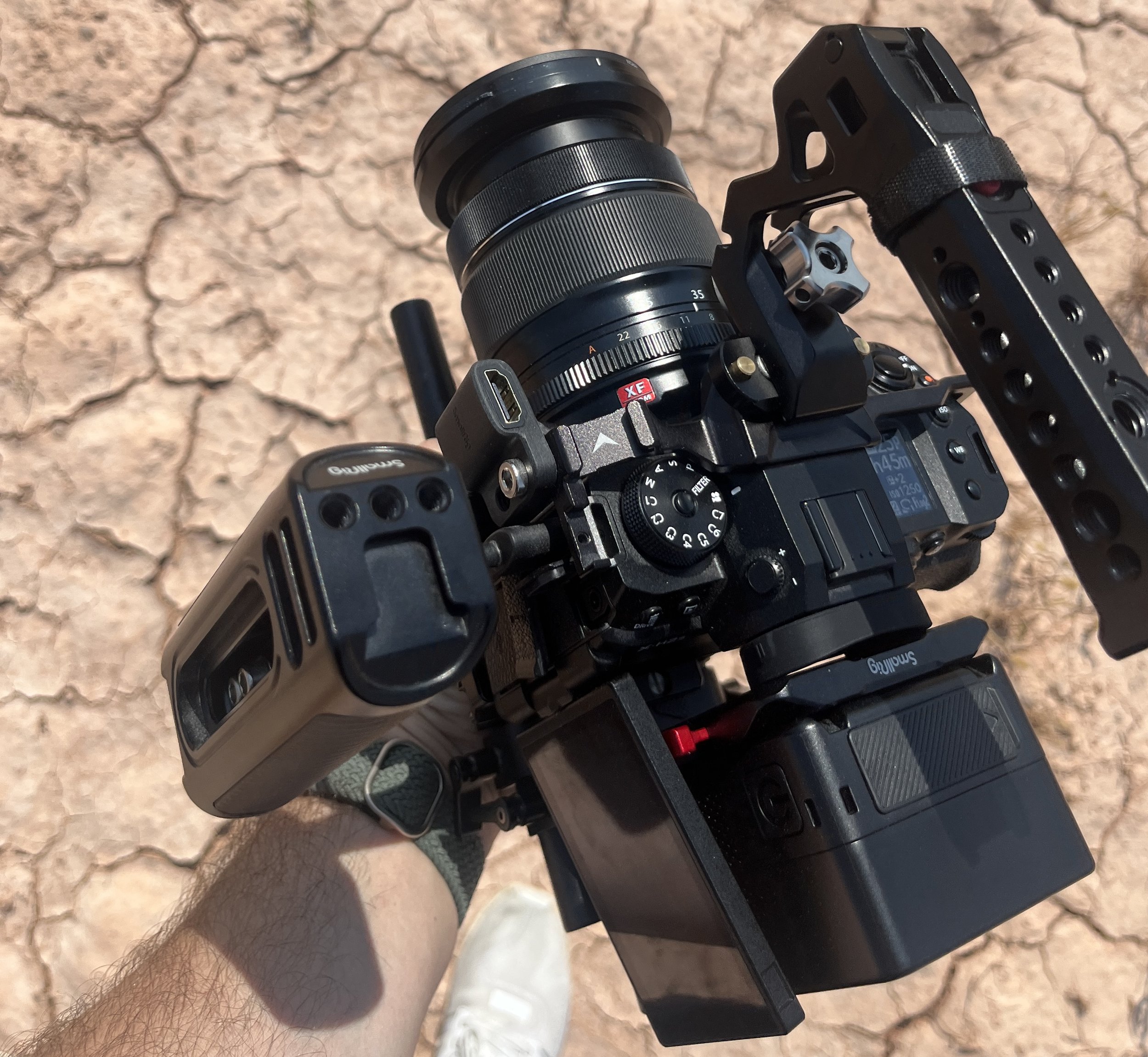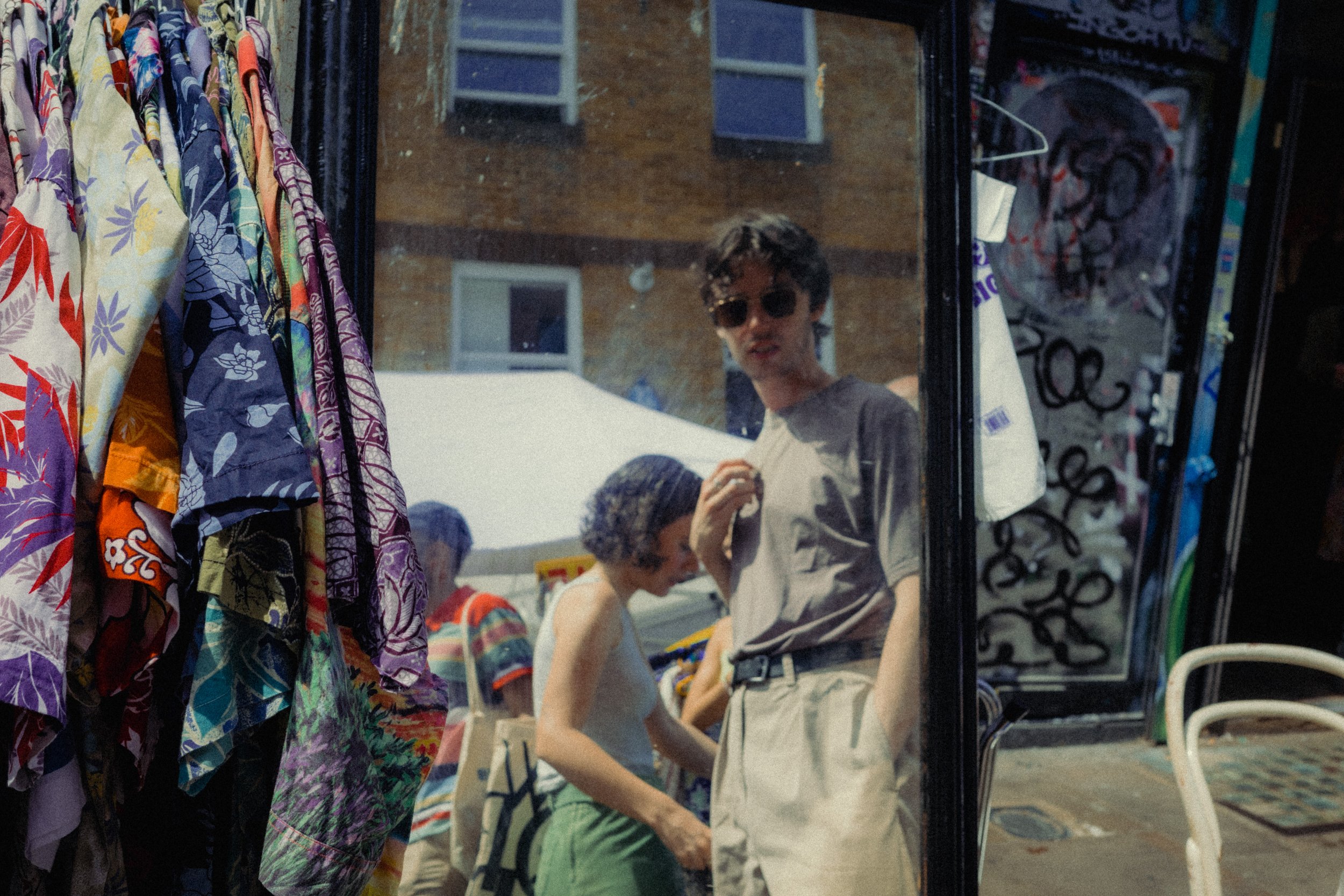Ricoh GR IIIx - Three reasons why I got it
The term “everyday camera” gets thrown around a lot for cameras that don’t actually fulfill that task. For me, an everyday camera is a camera which you can bring with you everywhere, every day.
If the camera doesn’t fit in the pocket then it cannot be an everyday camera—that's where the Ricoh GR III comes in.
I picked up the Ricoh GR IIIx around three years ago as I was looking for a camera I could bring with me everywhere, use in locations where I wouldn't want to use my larger cameras, and serve as a backup to my Fujifilm XT5.
For all three of these reasons, the GR IIIx has been one of the cameras I’ve used the most in recent years and if it wasn't for its abysmal video performance (more on this at a later date), I'd use it even more.
Surprisingly, there aren't that many options when it comes to compact cameras which don’t compromise on quality. There are many small compact cameras on the market; however, almost all of them use much smaller sensors which impacts image quality. The Ricoh GR IIIx, however, uses an APS-C sized sensor—which is the same size as the sensor found in Fujifilm’s X-series cameras.
Talking of Fujifilm, while they do offer the XE5 and X100VI as smaller, lightweight cameras, neither fits in the pocket. Fuji used to make the X70, which was pocketable and had an APS-C sensor inside; however, it is now discontinued and there is no word of a new version on the horizon.
Back to Ricoh, the GRIII came out all the way back in 2018. That version has an 18mm lens (28mm in full frame) while this GRIIIx came out 3 years later in 2021 and has a 26mm (40mm full frame) focal length.
I went with the GR IIIx over the GRIII as I am more comfortable shooting at 40mm and I felt like the 18mm might be a little too wide for street photography. That said, both are great options and I am considering getting the GRIII at 18mm.
Three years on after picking up the GRIIIx, I can safely say that I am happy with my decision.
I’ve captured photos in locations where I would not have brought my larger cameras, and there have been countless times where I have snapped interesting shots while walking to the shops.
Are there cameras in the same price range which take better photos? Yes. However, there are very few which can actually fit in a shirt pocket while taking photos on par with much larger mirrorless cameras.




